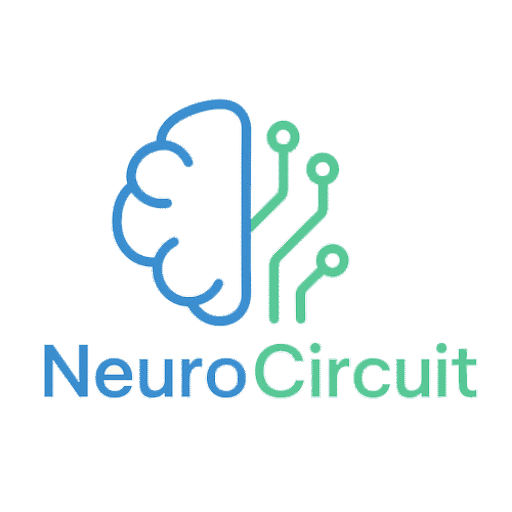Internet of Things, The latest trainings
What is IoT? A Complete Guide for Beginners
The Internet of Things (IoT) is one of the fastest-growing technologies in the world today. From smart homes and wearable devices to industrial automation and healthcare systems, IoT is transforming the way humans and machines interact. If you’ve ever wondered “What is IoT?” or “How does IoT work?”, this article is for you. We’ll break down the basics, its components, applications, benefits, challenges, and future trends—all in simple terms.
What is IoT?
IoT stands for Internet of Things. It refers to a network of physical objects—known as things—that are embedded with sensors, software, and connectivity, enabling them to collect and exchange data over the internet. In short, IoT allows devices to communicate with each other and with humans without manual intervention.
How Does IoT Work?
IoT systems typically consist of four main components:
-
Devices and Sensors – These are the physical objects that collect data. Examples include temperature sensors, cameras, GPS modules, and smart appliances.
-
Connectivity – Devices connect to the internet using Wi-Fi, Bluetooth, Zigbee, LoRaWAN, or cellular networks (4G/5G).
-
Data Processing – Once data is collected, it’s sent to cloud servers or local systems where it is processed and analyzed.
-
User Interface – The processed information is delivered to the end-user through dashboards, apps, or automated alerts.
Real-World Applications of IoT

IoT is everywhere, and its applications are rapidly expanding:
-
Smart Homes: Devices like smart thermostats, lights, and voice assistants (e.g., Alexa, Google Home).
-
Healthcare: Wearable fitness trackers, remote patient monitoring, and smart medical devices.
-
Agriculture: IoT-based smart farming systems for monitoring soil, weather, and crop health.
-
Industrial IoT (IIoT): Predictive maintenance, supply chain monitoring, and robotics.
-
Smart Cities: Intelligent traffic systems, energy management, and waste collection.
Benefits of IoT
-
Automation and Efficiency – Reduces manual work by automating processes.
-
Cost Savings – Predictive maintenance prevents costly failures.
-
Better Decision-Making – Real-time data provides valuable insights.
-
Enhanced User Experience – Personalized and smarter services.
Challenges of IoT
Despite its advantages, IoT comes with several challenges:
-
Security Risks – Devices connected to the internet can be vulnerable to hacking.
-
Data Privacy – Sensitive personal and business data may be exposed.
-
Interoperability Issues – Different devices and platforms may not always work together.
-
Scalability – Managing millions of devices requires advanced infrastructure.
Future of IoT
IoT is expected to grow even faster with advancements in AI (Artificial Intelligence), 5G networks, and edge computing. By 2030, billions of IoT devices will be in use worldwide, revolutionizing industries and everyday life.
Final Thoughts
IoT is not just a buzzword—it’s the backbone of the future digital world. Understanding what IoT is, how it works, and its potential applications will help you stay ahead in the fast-changing tech landscape. Whether you are a student, a business owner, or a tech enthusiast, IoT offers endless opportunities.
Join our newsletter to get the latest projects, tutorials, and tech updates straight to your inbox! 🚀

